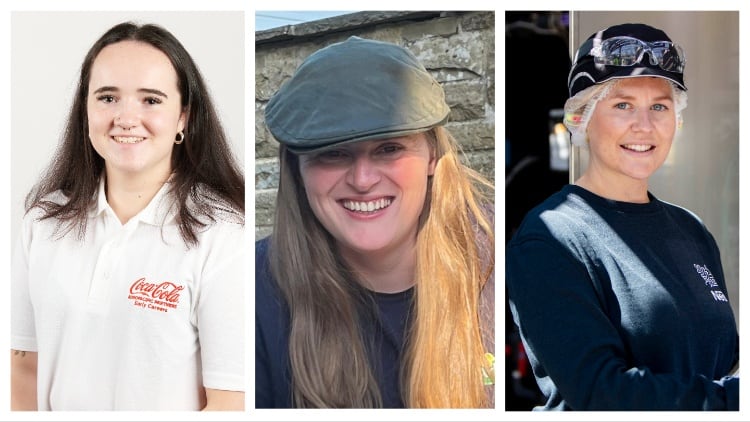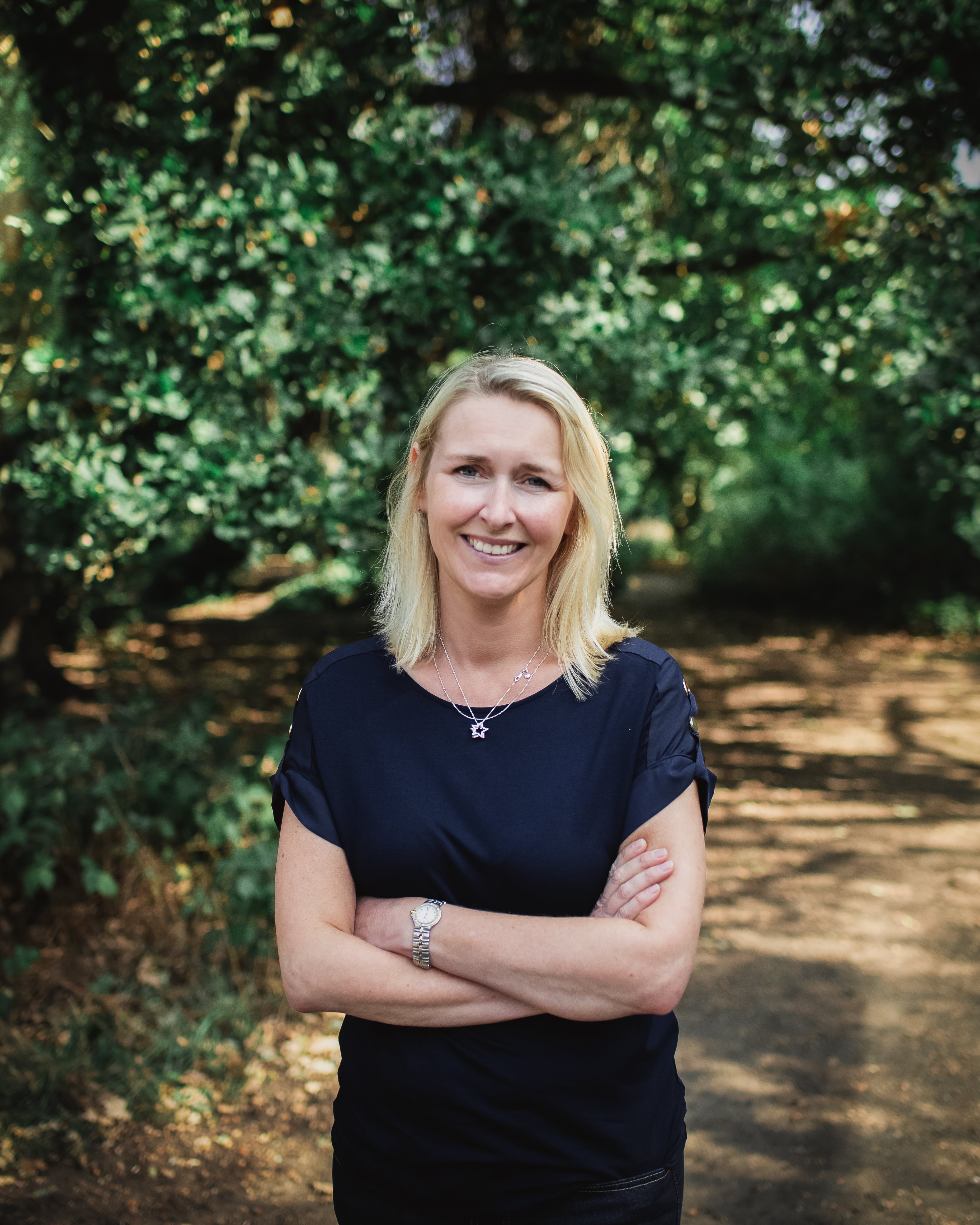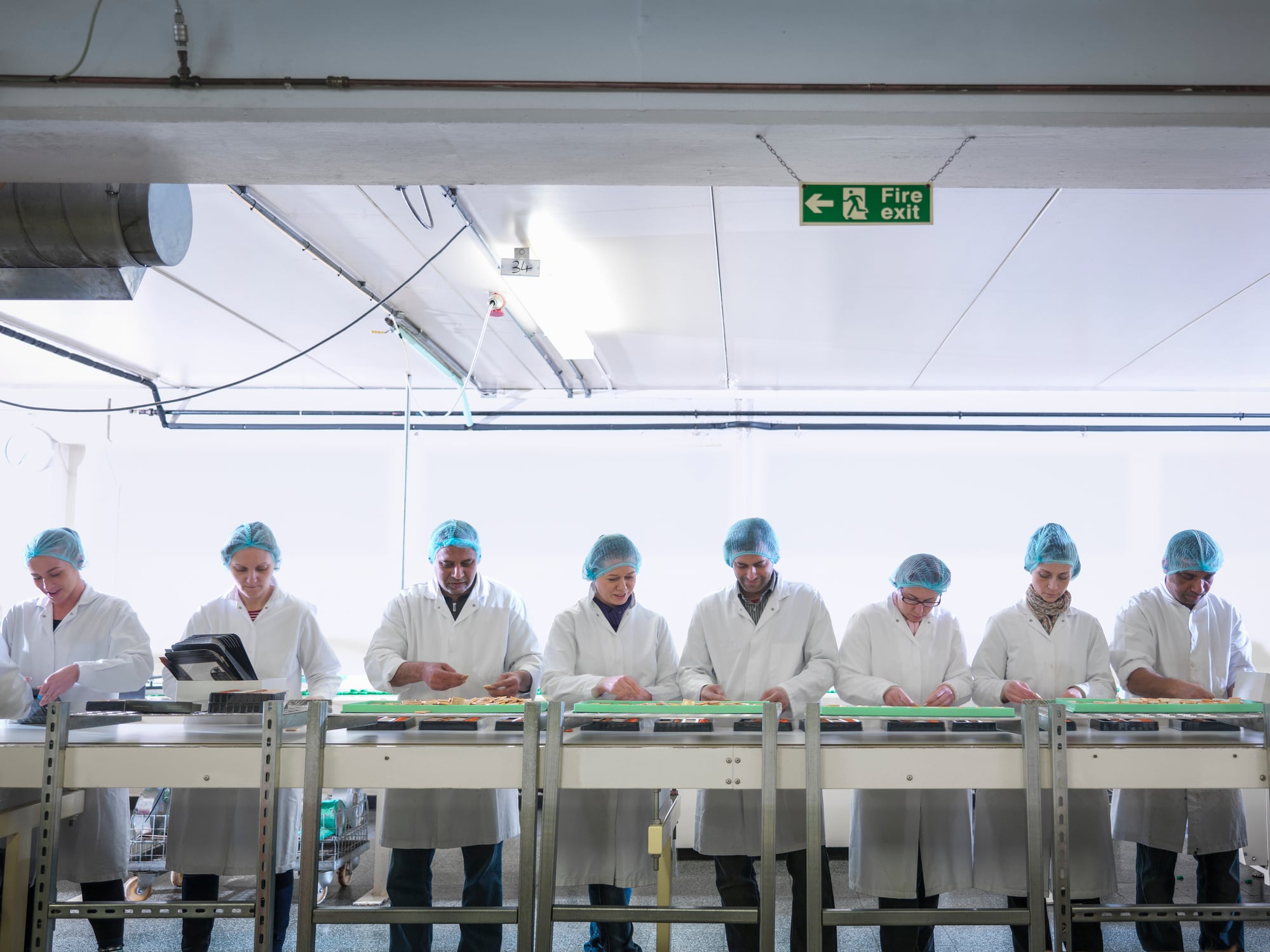Meet the engineers
Emma Beard (EB), food & drink maintenance engineer at Coca-Cola Europacific partners (CCEP) Edmonton.
Lucy Elliott (LE), senior M&E process engineer at Arla Foods in Settle.
Fran Taylor (FT), software engineer for Nestlé UK & Ireland at Tutbury, Nescafé site.
Your role in a nutshell?
EB: In my role, I’m essentially in charge of making sure that each machine is well maintained to ensure optimum efficiency. It’s my job to respond to any machine breakdowns and get lines back up and running if there are any faults. This involves walking down the lines every day and speaking to the operators to understand how the machines could be working better. We also have a morning meeting which allows the wider team to discuss any issues and the plans we can put in place to sort them out.
LE: I oversee the engineering activities in our milk-processing department, where we produce UHT and LactoFree products before they’re carton-filled. I coordinate everything from major overhauls to routine valve servicing, managing both in-house technicians and external contractors. When required, I’m also part of the on-call reactive-maintenance team.
FT: I support different departments in the factory with any software-related breakdowns, which could involve sequencing issues, testing and commissioning machinery or making software improvements in areas that our technicians and specialists think could be made more efficient. It’s also part of my role to design the graphics for our Human Machine Interfaces, which provide colleagues with visual aids for each step of our manufacturing process and helps teams to spot where things might be going wrong.
What inspired you to pursue engineering in the food and drink sector?
EB: Being totally honest, it was whilst watching ‘Inside the Factory’. I used to watch it a lot and always wanted to know how the machines worked – and now I know!
LE: From a young age I’ve been fascinated by how things work – often helping my grandad fabricate gadgets in his workshop. My parents encouraged me to follow my passions and always do my best, and after completing a Food Technology A-level, I became determined to learn more about the food industry. Discovering the Eden Engineering apprenticeship at Arla in Settle was the perfect opportunity, it let me launch my career close to home in a field I truly enjoy.
FT: I’ve always enjoyed hands-on work, and knew I wanted to start a career in a setting where I could learn and work at the same time. At school, my favourite subject was food technology, and living locally to the Nestlé Tutbury factory growing up, which is a real focal point of the community, meant that the food and drink sector has always been of interest. I actually knew someone doing an apprenticeship here, and learning about the types of roles I could get involved in from them helped me realise that this was something I was really interested in.
What’s one project you’ve worked on that’s made a real impact?
EB: One project I worked on was solving an issue we had with rear-door loading in distribution. We were having problems with the light guards – sensors that pick up on reflective materials – as sometimes light would reflect off the palettes instead and confuse the sensors. This was wasting our engineer’s time, as they were having to leave their maintenance jobs to come and reset the sensors. To fix it, I worked with the team to change the sensors to be based on proximity rather than light, improving the efficiency of our engineers as it has freed up more time for them to carry on with maintenance tasks rather than correcting and resetting the faulty sensors.
LE: Recently, I led a project to simplify steam-trap maintenance on our aseptic tanks. Frequent cleaning downtime was driven by outdated trap designs. I sourced a modern valve, partnered with automation specialists to integrate it, then handled all welding, piping and cabling work. Since the first trial, we’ve had zero reactive steam-trap issues – saving hours of downtime and boosting production reliability.
FT: The first project I supported on as an apprentice was implementing a new coffee grounds dryer. The machine dries our waste coffee grounds, which are then used as fuel for boilers, which produce steam to supply energy to the rest of the factory. When we receive new machinery from a supplier, such as the dryer, it is typically coded already when it arrives. In this case, we didn’t choose to have that done, so as the automation support for the project, I wrote the code from scratch, which was a pivotal point in my career.
I worked with the project team onsite, as well as the different suppliers and contractors, to commission and test the devices post installation, and then with the industrial services team to commission the code. It was a challenging project due to its large scope and the fact that I was using the supplier’s design specification to write the code, which needed to be integrated into our current system. But it was so beneficial for my learning and development as it made me realise that I was capable of a lot more than I’d realised.
What’s one innovation in food engineering you’re most excited about?
EB: During my apprenticeship, I spent time in Liverpool on what we call Block Release – standardised training for apprentices across the different CCEP sites. Whilst there, we had a 3D printing company come in to teach us about the different ways 3D printing can be used in the food & drink sector, such as food-safe printing and metal printing. I imagine that this will be used more widely in engineering roles in the years to come – it could decrease downtime by allowing us to make parts ourselves rather than waiting on them to be delivered to us, essentially optimising the systems we work on individually and giving us more freedom as engineers.
LE: AI tops the list today – it promises to fine-tune existing processes and drive efficiency gains. Equally intriguing are heat-free treatments – UV, high-pressure and ultrasound technologies – that can pasteurise milk or treat wastewater without traditional thermal energy.
FT: The use of AI predictive engineering is something that I find fascinating. We’re already trialling this on one of our coffee drying systems and it’s proving to be successful, so I’m looking forward to seeing how else this can be used onsite – it will be an exciting learning opportunity for software engineers like me to help with its installation as we would need to personalise it to each individual site.
How do you see engineering evolving in the future?
EB: There will definitely be more use of robotics in engineering, as we are already heading down the route of increased automation. We also learnt about robotics on Block Release which involved learning to write code. It was fascinating to see just how much robots can do – effectively, I think they’ll allow for constant work.
Even though we were only learning how to get the robots to move and see if they could count blocks, there are plenty of examples of advanced robots that are being used now. For instance, CCEP in Barcelona has a small, dog-shaped robot that can lift maintenance equipment, proving that you should never underestimate a robot’s size!
LE: I expect even deeper automation, especially around monitoring consumables and tying downtime back to real-time ordering to minimize waste. Yet the demand for hands-on mechanical and electrical expertise will remain strong. To bridge the talent gap, we must champion apprenticeships and outreach programs that ignite young people’s interest in engineering careers.
FT: I envisage that there will be more digital solutions implemented to make monitoring more efficient in the future. We’ll be able to create dashboards more easily and use the tools to give insights into what is and isn’t working well in real-time. I think this will encourage more people – and new apprentices – to work in the automation/software sector, but I still want there to be an interest in the mechanical and electrical engineering trades, as they are so important to the everyday function of the factory. I hope schools take the opportunity to promote the diversity of engineering careers and understand how an apprenticeship can shape a young person’s future.
What advice would you give to young women considering a career in engineering?
EB: I would highly recommend a role in engineering to any young women considering it. I think I’ve changed as a person since joining CCEP – I was very shy when I joined, but being given the chance to be so hands on grew my confidence in my own abilities.
I may be the only female engineer on my site, but all other site members are there to help and uplift me – it’s an enabling culture here. If it’s the fact that engineering is still a male-dominated field that’s putting you off, don’t underestimate how welcoming and supportive most engineers are, and trust that you will grow in confidence throughout. Engineering is a great career path and has opened so many doors for me – I’d love to see other young women have the same opportunities as I have.
LE: Go for it! Seek out work placements to get firsthand experience and consider apprenticeships – they offer invaluable on-the-job training and qualifications. Engineering thrives on diverse perspectives, and the food and drink sector is full of opportunities for curious problem-solvers. Good luck!
FT: My advice is simply to go for it. Often people are intimidated and think that the culture might be old-fashioned, or not suited for women, but it’s continuing to get better. Remember that you can only really rely on yourself to push yourself onto new paths in your career. There are so many different routes that you can take to get to different positions, so embrace changes and push yourself to learn what makes a well-rounded engineer, because you never know when those skills might come in handy. Ask lots of questions to the people around you, learn from them and be open minded about their approaches. I’ve found that people are much more willing to help you when you show an interest and can be humble about your ability.




